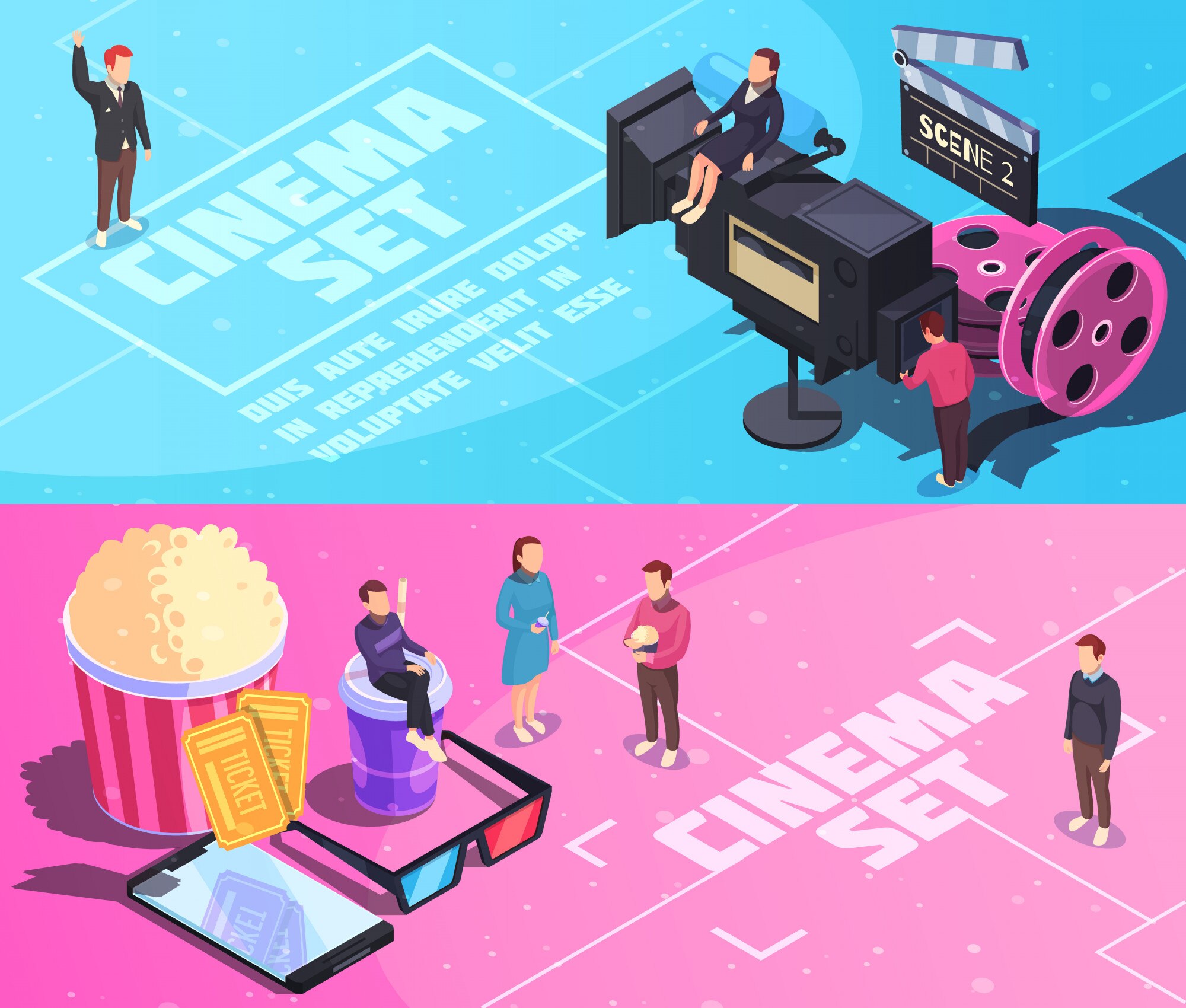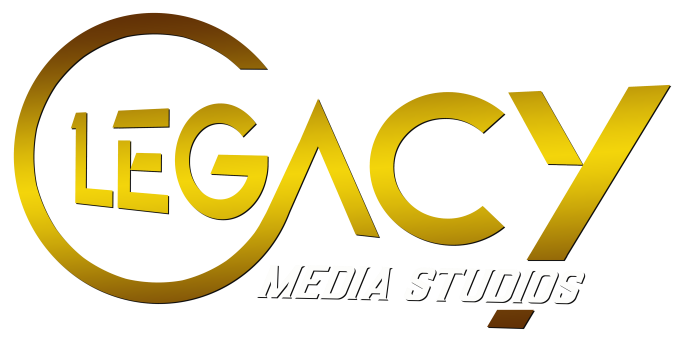The Latest Trends And Technologies In Film Production
Film production is an ever-changing and evolving field that constantly adapts to new challenges and opportunities. With the rapid development of technology, filmmakers have access to more tools and techniques than ever before, enabling them to create stunning and immersive cinematic experiences.

The Latest Trends and Technologies in Film Production
Film production is an ever-changing and evolving field that constantly adapts to new challenges and opportunities. With the rapid development of technology, filmmakers have access to more tools and techniques than ever before, enabling them to create stunning and immersive cinematic experiences. In this blog post, we will explore some of the latest trends and technologies in film production that are shaping the future of the industry.
1. Virtual Reality and Augmented Reality
Virtual reality (VR) and augmented reality (AR) are two of the most innovative and disruptive technologies in film production. VR and AR allow filmmakers to create immersive and interactive environments that transport the audience to different worlds and realities. VR and AR can also enhance the storytelling and emotional impact of films, as well as provide new ways of engaging and entertaining the audience.
Some examples of films that use VR and AR technology are:
Ready Player One (2018): A sci-fi adventure film that depicts a dystopian future where people escape to a virtual reality called the OASIS. The film uses VR technology to create a stunning and immersive visual spectacle that blends the real and the virtual worlds.
The Lion King (2019): A photorealistic remake of the classic animated film that uses VR technology to create a realistic and lifelike representation of the African savanna and its wildlife. The film uses VR technology to enhance the cinematography and the performance of the actors, who wore VR headsets to interact with the virtual environment.
The Mandalorian (2019-2020): A Star Wars spin-off series that uses AR technology to create a realistic and dynamic backdrop for the scenes. The series uses AR technology to project high-resolution images onto a large LED screen that surrounds the set, creating a seamless and interactive illusion of different planets and locations.
2. Artificial Intelligence and Algorithmic Editing
Artificial intelligence (AI) and algorithmic editing are two of the most powerful and influential technologies in film production. AI and algorithmic editing allow filmmakers to automate and optimize various aspects of film production, such as scriptwriting, editing, color correction, and casting. AI and algorithmic editing can also help filmmakers improve their creativity and productivity, as well as reduce their costs and time.
Some examples of films that use AI and algorithmic editing are:
Sunspring (2016): A short sci-fi film that was entirely scripted by an AI named Benjamin. The film uses AI technology to generate a unique and unpredictable script that challenges the conventions and expectations of the genre.
The Irishman (2019): A crime drama film that uses AI technology to de-age the actors and make them look younger in different periods. The film uses AI technology to create a realistic and seamless visual effect that enhances the performance and the continuity of the actors.
The Social Dilemma (2020): A documentary film that uses algorithmic editing to create a fast-paced and engaging narrative that exposes the dark side of social media. The film uses algorithmic editing to cut and arrange the footage according to a set of rules and criteria that optimize the impact and the message of the film.
3. 3D Printing and Previsualization
3D printing and previsualization are two of the most practical and efficient technologies in film production. 3D printing and previsualization allow filmmakers to create and test their ideas and concepts before the actual production, saving them time and money. 3D printing and previsualization can also help filmmakers to enhance their creativity and flexibility, as well as improve their quality and accuracy.
Some examples of films that use 3D printing and previsualization are:
Black Panther (2018): A superhero film that uses 3D printing to create the costumes and props of the characters. The film uses 3D printing to create a detailed and authentic representation of African culture and aesthetics, as well as the futuristic technology and design of the fictional nation of Wakanda.
The Jungle Book (2016): A live-action remake of the classic animated film that uses previsualization to create realistic and lifelike animals and environments. The film uses previsualization to plan and visualize the scenes and the shots, as well as to guide the performance of the actors, who interacted with the virtual characters and settings.
Avatar (2009): A sci-fi epic film that uses previsualization to create the stunning and immersive world of Pandora and its inhabitants. The film uses previsualization to explore and experiment with the different aspects of the film, such as the story, the characters, the action, and the visual effects.
These are some of the latest trends and technologies in film production that are transforming the industry and the art of filmmaking. With these technologies, filmmakers can create more innovative and impressive films that captivate and inspire the audience. As technology continues to advance and evolve, we can expect to see more exciting and groundbreaking films in the future.

